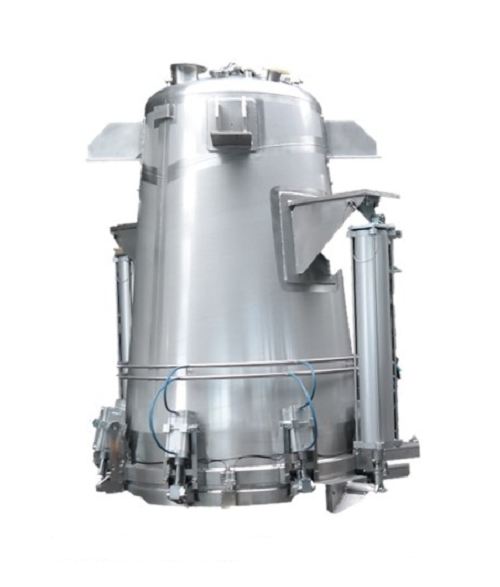Stevia. What is it and how is it made?
The fact that eating too much sugar is bad for you was proved a long time ago. A high-sugar diet leads to obesity, harms your metabolism, it is also connected to teeth problems and some of the most dangerous diseases, like heart disease and diabetes. More and more companies start producing sugar substitutions and it helps to keep the food sweet while reducing negative effects. Stevia for example contains zero calories while being 350 sweeter than sugar.

Stevia plant and how it is used
Stevia comes from the leaves of the stevia rebaudiana Bertoni plant. It has been a source of high-intensity sweetness for centuries, and its leaves and crude extracts have been sold as dietary supplements. Stevia plants usually grow on farms in Asia, South America, or other tropical/sub-tropical climates. Stevia production process contains several steps. First stevia leaves are harvested and dried. That helps to extract the plant’s intense sweetness. Purified extracts of the sweet substances found in the stevia leaf are called steviol glycosides. Steviol glycosides are extracted from the leaves of the stevia plant. In the end, the extract is purified in order to remove some of the bitter attributes found in the crude extract.
How to produce something so sweet?
A manufacturer can decide to package the stevia leaf extract in any number of forms depending on who will be using it. Thanks to the fact that stevia leaf extract is very sweet (200-350 times stronger than sugar), much less is needed to produce the same level of sweetness. However it also makes it difficult to use, that’s why some manufacturers choose to combine it with other ingredients to even out the sweetness. For example, a sugar substitute may contain stevia leaf extract along with other ingredients, like inulin or erythritol to produce a stevia-based sweetener that can be used the same way as sugar.
